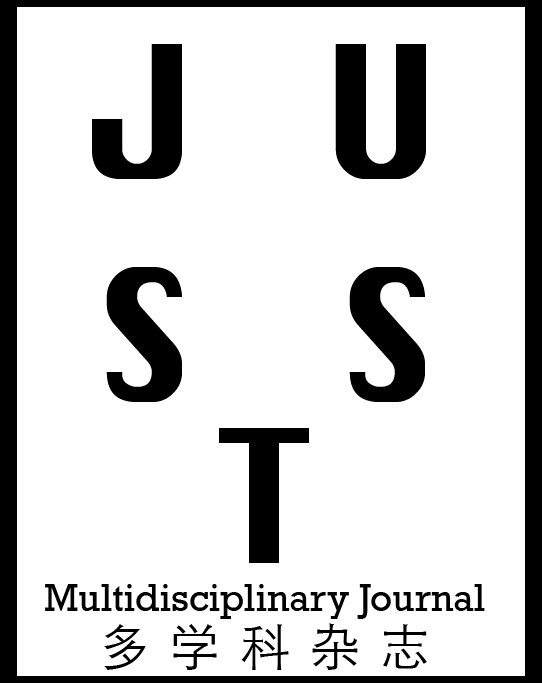Amani Moussa Mohamed, Mahmoud A. Abdel-Fattah, Abdallah Salman Mohammed ALdirawi
Department of Applied Statistics and Econometrics, Faculty of Graduate Studies for Statistical, Cairo University, Cairo, Egypt.
A Comparison between Classification statistical Models and Neural Networks with Application on Palestine data
Authors
Abstract
There are many possible techniques for classification of data. Multinomial Logistic Regression, Discriminant
Analysis and Artificial Neural Networks. Are three techniques that commonly used for data classification. three techniques are applied at Labor Force survey in Palestine in 2019. This study aims to choose the best statistical model for Labor Force in Palestine in 2019 data, through the comparison between Multinomial Logistic Regression, Discriminant Analysis and Artificial Neural Networks on real data set. we used a real data of Labor Force from a survey of labor force which was conducted by Palestinian Central Bureau of Statistics (PCBS) in 2019- 2020. The study sample size had been 22625. The target group was the age group (15- 65) years for both sexes. Labor Force data has 12 variables; the dependent variable is nominal with three categories (Employment, Unemployment and Outside of LF) and 11 independent variables. In this study we compared the three statistical models using different assessment techniques (Cross-validation with half of the observations, sensitivity, accuracy, error rate, and method ROC curves) and obtained the best estimate of accuracy and error rate in order to achieve the best model for the data. These results demonstrate that multinomial logistic regression can be more powerful analytical technique for use than discriminant analysis, and artificial neural networks.
